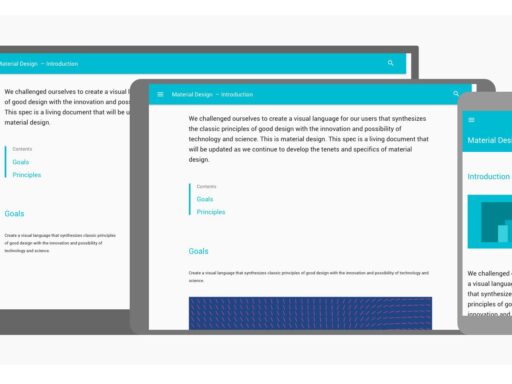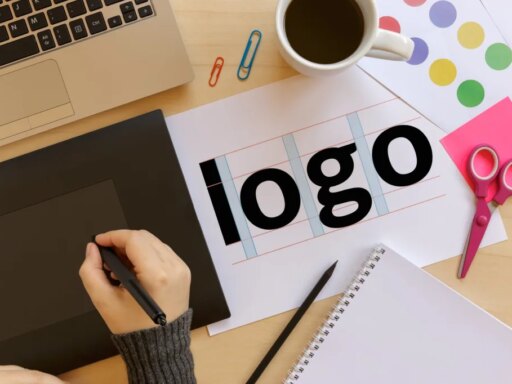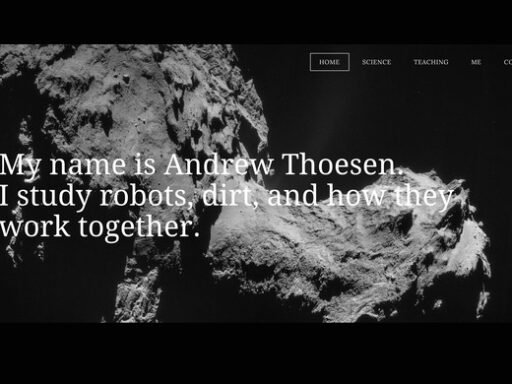MacGuffin: www.macguffinmagazine.com
For avid fans of independent publishing, MacGuffin is a household name. Founded in 2015, the publication has since garnered a loyal following and an enviable reputation in the magazine world. The premise of MacGuffin is simple: Each issue revolves around a single everyday object – be it a bed, a desk, a sink, or a pair of trousers – and explores it in surprising depth, unpacking its history, its place in modern society, and a multitude of other fascinating stories that tie back to it. With each release, readers are granted an unexpected insight into the importance of objects that they often give little thought to. MacGuffin has become known for its ability to find beauty in the mundane, to tell a tale from the small details, and to package all of this goodness in a consistently thoughtful and attractive way. As Sandra Kassenaar, the publication’s graphic designer, attests to, MacGuffin “has no intention of being an online magazine”, but it does, like most magazines, have a website that many of its readers engage with. As such, creating its online presence was a task that necessitated as much care and consideration as the creation of the magazine itself.
“Besides having a practical website that gives information on what MacGuffin is about and where to find it, our main goal was to make an online counterpart to the printed magazine and publish a few of our articles online to give an idea of the content,” explains Sandra. However, achieving this in a way that felt like a natural continuation of its physical existence required contemplation of the differences between displaying editorial content on a page vs a screen. “One big difference is that online you read texts in a continuous vertical scroll, whereas flipping pages in a magazine is a horizontal movement,” she notes. Based on this notion, the team introduced these two directions to the website’s design, meaning that you can navigate through the articles using a horizontal movement, and you can access more practical information using a vertical movement. As a result, the physical and digital worlds are able to collide.
One thing the team didn’t anticipate at the start however, was the magazine’s capacity to grow and become more than just a printed object. Over the years, MacGuffin has expanded to also encompass real-world exhibitions, many of which can now be found on the site. This wasn’t a part of the thought process to begin with, but it’s an aspect of the brand that has had to be worked in on-the-go. “At the beginning, [keeping it simple] was a very logical choice, as there were only four or five issues,” explains MacGuffin’s website designer Niels van Haaften, “but over the years, we had to create more space in the website to allow for the growth of the magazine and the side projects MacGuffin has been involved in.” Not only this, but more space also gives the team the opportunity to display and cherish the tremendous amount of effort and love they pour into the magazine. Niels continues: “This allows MacGuffin a bit of pride in showing the work and the amount of it they have done, rather than only focusing on the more practical side of promoting the latest issue.”
Niels’ top tip:
“A teacher during my studies, Marijke Cobbenhagen, said that when Karel Martens was teaching at Werkplaats Typografie, he used to talk about the ‘music on the page’. By which, as I understood it, he meant elements like a page number or the title of a chapter which can be placed outside of your ‘main content’ on the page. And it’s those kinds of elements I really love in web design and I always try to give a little extra care to. Because they don’t follow the flow of your main/page content you can be a bit more creative with them. And use them to create beautiful flowing compositions. Like how the MacGuffin site uses these coloured side bars that slide out to link a user to an article or the way every page starts out with a bit of locator text to indicate either the page you are on or the issue you are in.”




